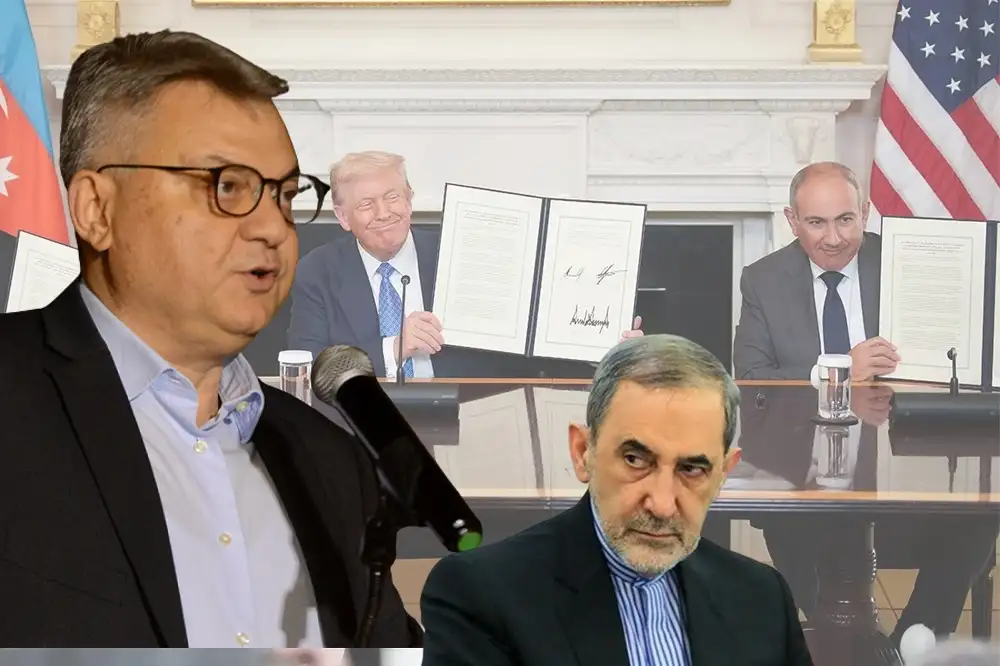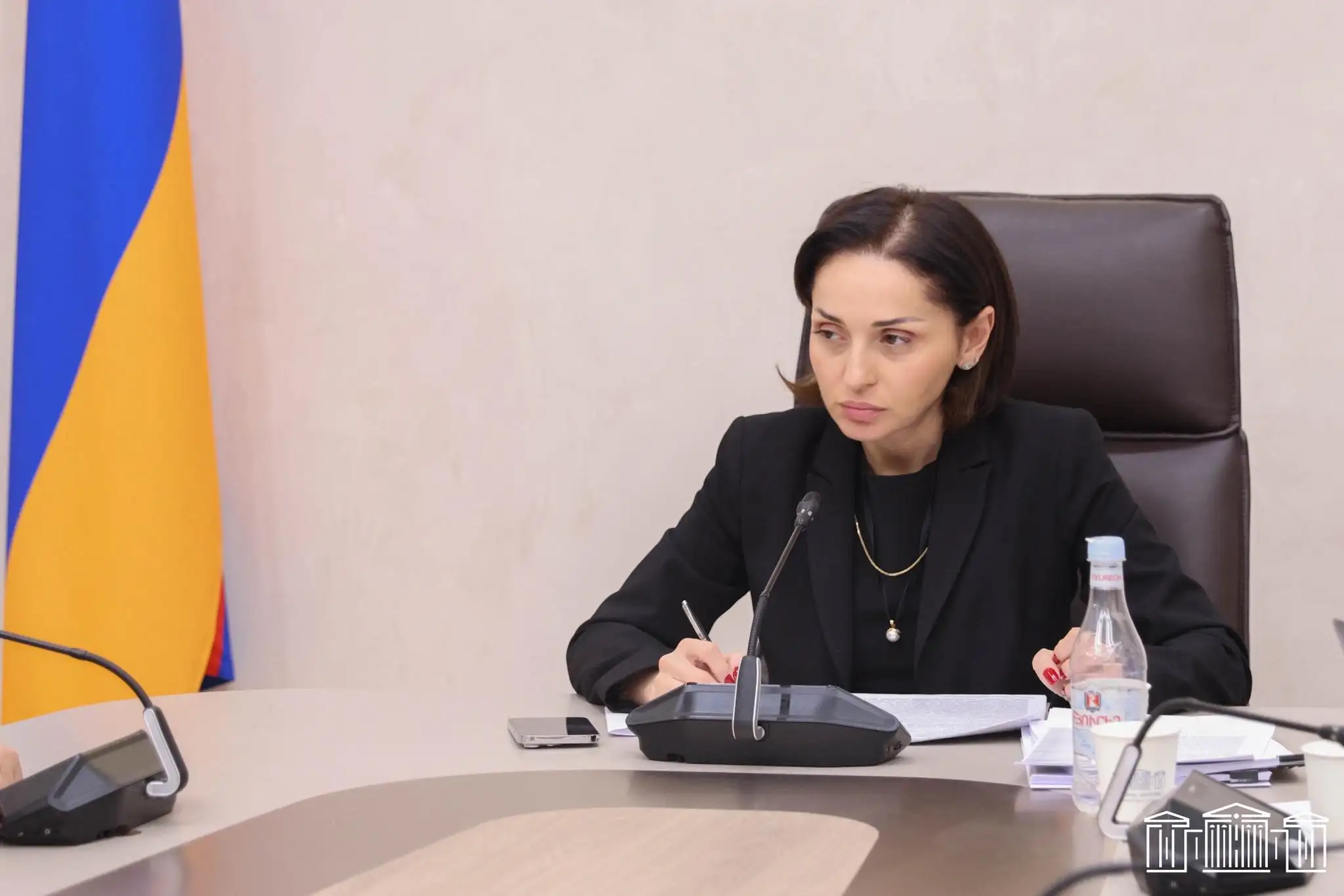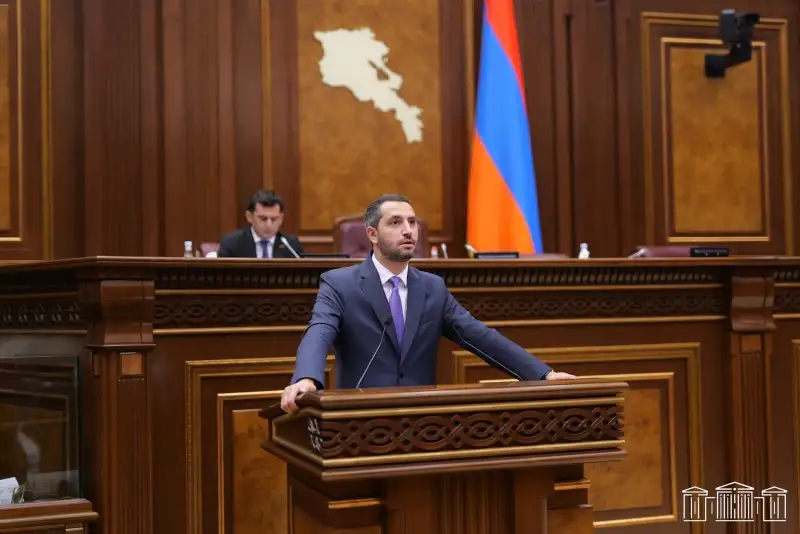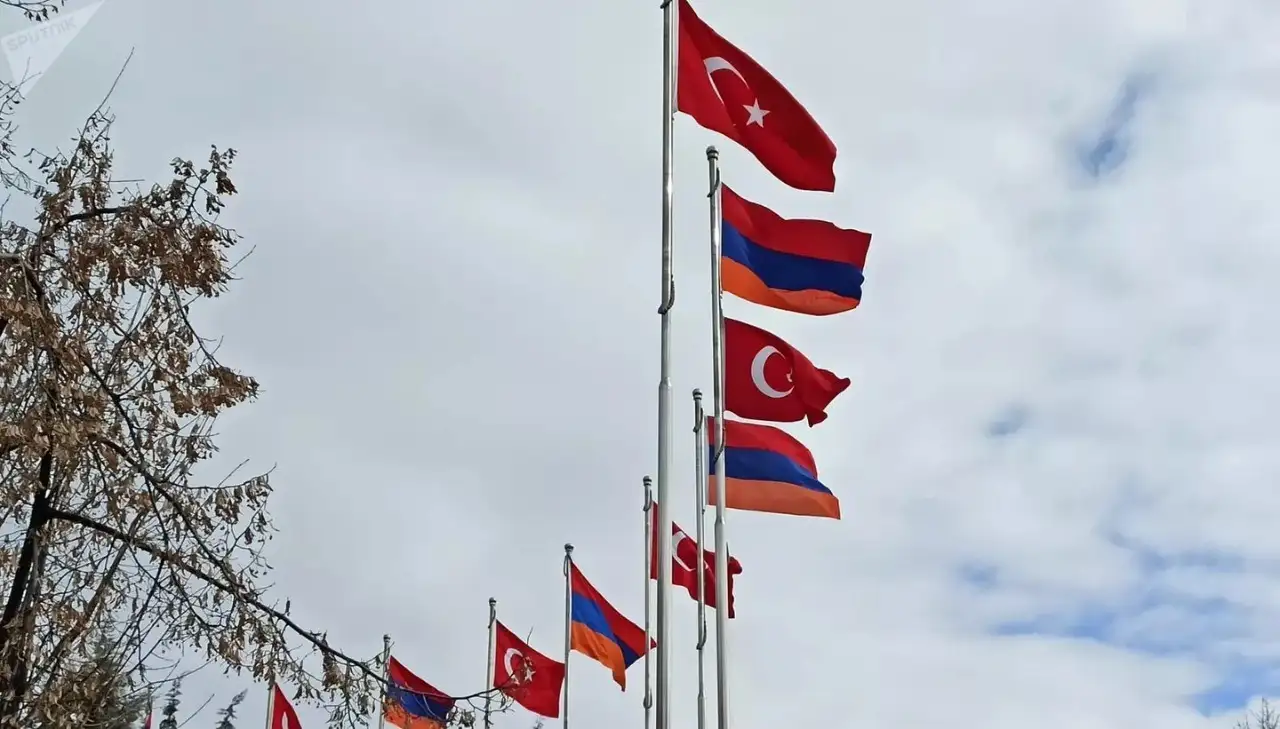Wheat of Russian and Kazakh origin is being transported to Armenia via the territories of Azerbaijan and Georgia. The “green light” was given by Azerbaijani President Ilham Aliyev when he announced in Kazakhstan on October 21 that he was lifting restrictions on cargo transportation to Armenia.
The first batch of Russian wheat, comprising approximately 15 wagons or more than 1,000 tons, has already entered Armenia. The Russian Ministry of Transport reported that by the end of January 2026, another 132 wagons of wheat are planned to be sent to Armenia via the same railway.
Official Yerevan assessed Aliyev’s statement as a step towards establishing peace and unblocking regional communications, stemming from the declarations signed in Washington.
Opportunities
This process may open up several critical economic opportunities for Armenia. First, it strengthens Armenia’s transit positions; Armenia can become a transit hub if it can properly integrate into new communication networks. Second, it forces the development of transport infrastructure: new routes imply the modernization of railway and logistics systems, which can also stimulate the construction and service sectors. Third, the routes create an opportunity to cooperate not only with Russia and Azerbaijan, but also with the countries of Central Asia, the potential of which was also hinted at by Prime Minister Pashinyan. And fourth, and perhaps most importantly from a political point of view, Armenia has the opportunity to diversify its trade and economic routes, thereby reducing its dependence on Upper Lars. If cargo transportation becomes two-way, there is potential to increase exports.
Risks
However, of course, not everything is so unambiguous. First, it is necessary to understand that what is happening is not, in the true sense of the word, a de-blockade. Although Azerbaijan has allowed the transit of cargo through its territory, this does not yet mean the opening of the Armenian-Azerbaijani borders. These borders remain undemarcated to this day, and cargo is still transported to Armenia through a third country, Georgia, further solidifying Tbilisi’s position on its communication axis. Despite the positive signals, the region remains at a political level in a phase of turbulence and mutual distrust.
It is noteworthy that while Armenia talks from podium to podium, from platform to platform, about its “Crossroads of Peace” project, Baku is the first to announce the provision of its territory for the transportation of cargo to Armenia. Baku is attempting to demonstrate that the primary keys to implementing the “Crossroads of Peace” are in its hands, not Armenia’s. Baku seeks to present itself to the international community not only as a peacemaker, but also as an initiator of unblocking regional communications, emphasizing that it is supposedly the one most interested in peace and regional cooperation. However, being a beneficiary of real peace implies, first of all, bilateral cargo transportation and the opening of checkpoints without third countries. Yerevan has repeatedly declared its readiness in this regard. At the last government session, on the occasion of receiving the first batch of Russian wheat via Azerbaijan and Georgia, Prime Minister Pashinyan once again emphasized: “I once again reaffirm Armenia’s readiness to ensure the transportation of cargo from Azerbaijan to Turkey and from Turkey to Azerbaijan, from Margara to Kornidzor, starting from today. In half an hour, if a truck approaches the checkpoint, from either Kornidzor or Margara, we are ready to service the crossing.”
Meanwhile, Baku does not respond to these statements in a “strange” way, against the background of which the step of opening its territory to Armenia for cargo transportation seems like a PR trick aimed at an external audience with other, more far-reaching goals.
For example, Baku can make this step a means of legitimizing the demand for unhindered and uncontrolled road transport connection via Syunik to Nakhichevan, allegedly on the principle of reciprocity. Armenia, of course, will counter that they are incompatible, but to what extent will it be possible to convince the international community, which is not accustomed to delving into details?
The Russian factor cannot be ignored either. It did not go unnoticed that Moscow responded to this process with enthusiasm, expressing its willingness to continue supplying wheat via the same route. Moreover, although there was initial talk of importing Kazakh wheat via that route, Russian wheat arrived sooner. This suggests that Russia is an interested party not only as a supplier, but also, more significantly, as a primary freight carrier, leveraging the presence of its South Caucasus Railways company in this region. In this case, Russia can claim to have established serious control over regional freight transportation and wider transit communications.
Armenia’s Challenges
In this sense, the transportation of Russian wheat to Armenia via Azerbaijan is not only about new economic opportunities for Yerevan, but also about specific challenges. First, Yerevan will face a problem if it gives in to excessive enthusiasm, becoming the one spinning Azerbaijan’s propaganda thread and, as a result, losing its acquired status as the architect of the “Crossroads of Peace” concept. Second, Yerevan faces the challenge of avoiding the Russian-Azerbaijani communication trap, thereby preventing the formation of a Russian-Azerbaijani-Turkish pincer against the American factor in the management of future communication routes. In other words, Armenia itself must be able to control the design, management principles, and, of course, economic results of the communication routes passing through its territory.
Gor Abrahamyan


















